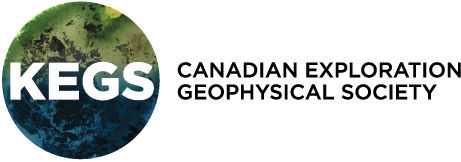Upcoming TALKS |
Title: ZTEM-Interpreting the squiggly lines and forward modelling of plates in a layered Earth with comparisons to 3D inversions for conductor interpretation with examples from the Athabasca and over the Lalor deposit. Date: Tuesday, April 8th at 4 PM Speaker: Bob Lo, Platform Geophysics Location: Online and in person (University of Toronto, Department of Earth Sciences, Room ES2093, 22 Ursula Franklin Street Abstract: ZTEM measures the vertical component of the natural EM fields in the air and relates it to horizontal components of the natural EM fields from a base station placed close to the survey area. The processed data are delivered in profiles of the inline Z/X and cross-line Z/Y relationships for various frequencies (typically between 30 and720 Hz) and various grid products. Over a thin tabular conductor, the profiles exhibit a cross-over response with the sense of the Y/X relationship changing depending on whether the angle between the X direction and the conductor strike is acute or obtuse. With the availability of 2D and 3D ZTEM inversions, there is a tendency to only interpret the ZTEM data from the inversion results. This approach works well for large, more-or-less equi-dimensional sized targets such as porphyry deposits. It does not work as well for long tabular bodies. In areas of complex geology, it can also lead to erroneous interpretation of the inversion results. Author Biography: A long time ago, Bob graduated from the University of Toronto with degrees in Engineering Science (Geophysics Option - 1981) and a M.Sc.in physics (geophysics - 1985). While working in Sudbury for INCO, he obtained a MBA from Laurentian University. After holding senior positions with major and junior mining companies, as well as data acquisition companies, Bob has spent the last 20+ years consulting in Canada and all over the world. Bob’s belief is that geophysical data is under utilized and that an interpretation of the geophysical data is more than just a geophysical inversion or forward model.
|
